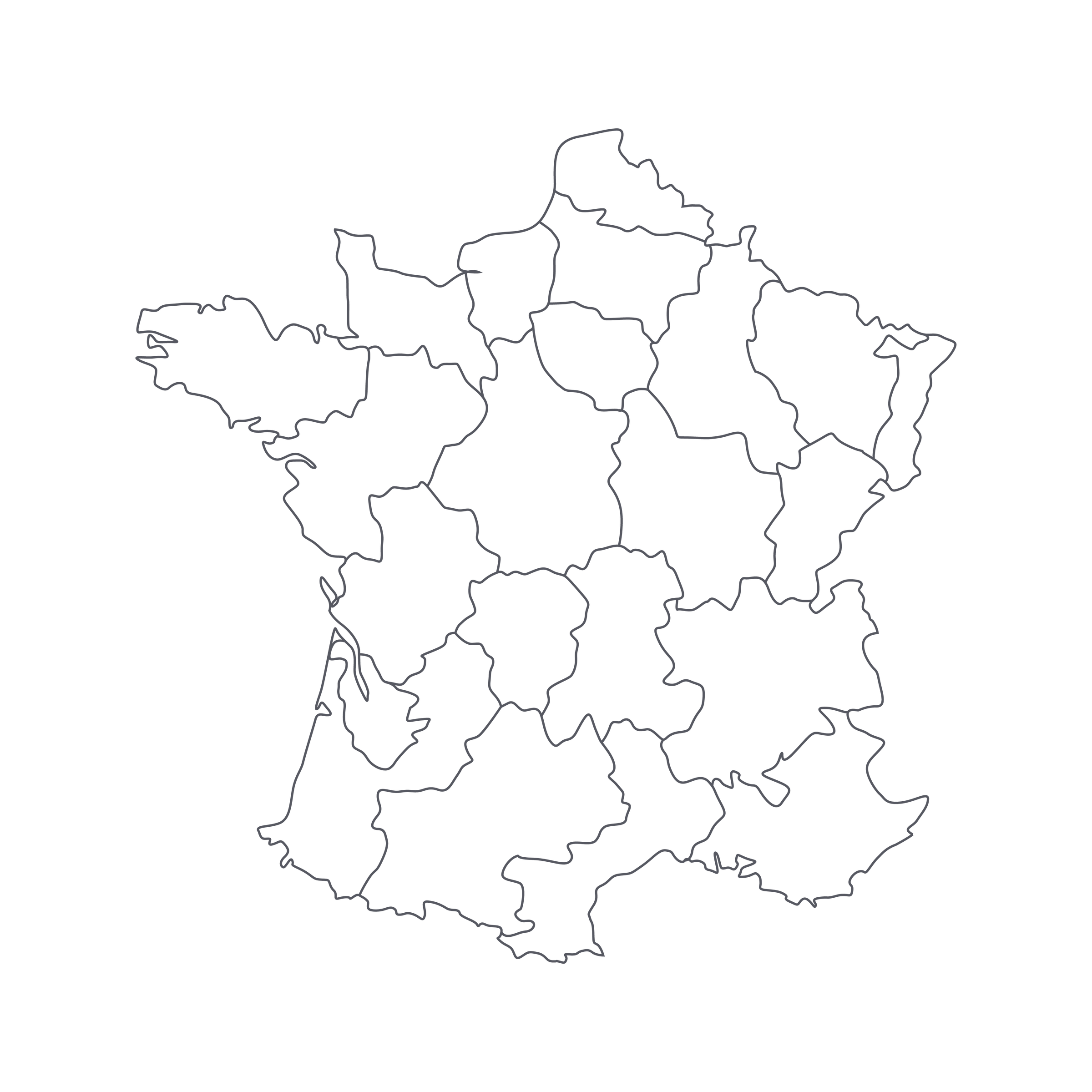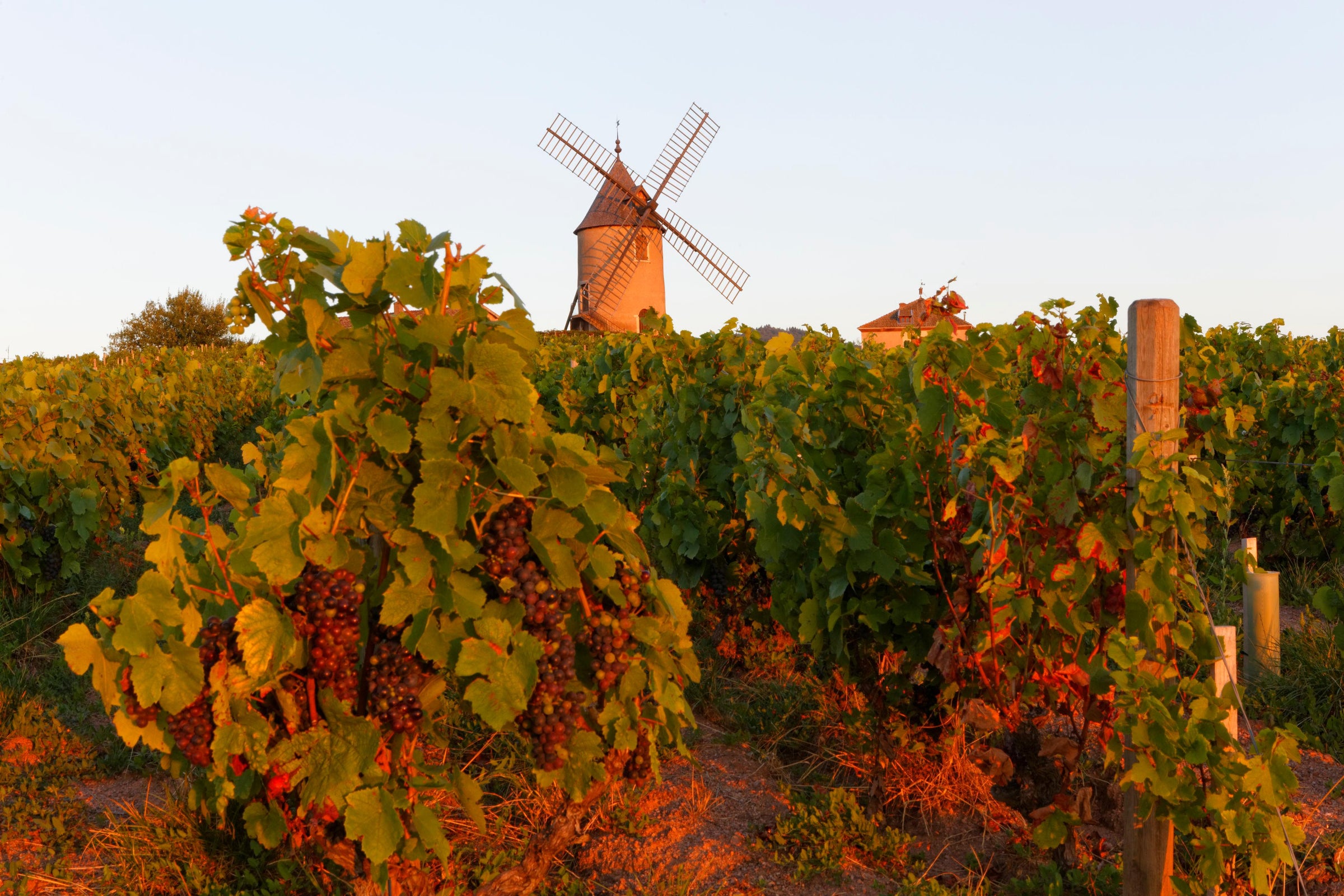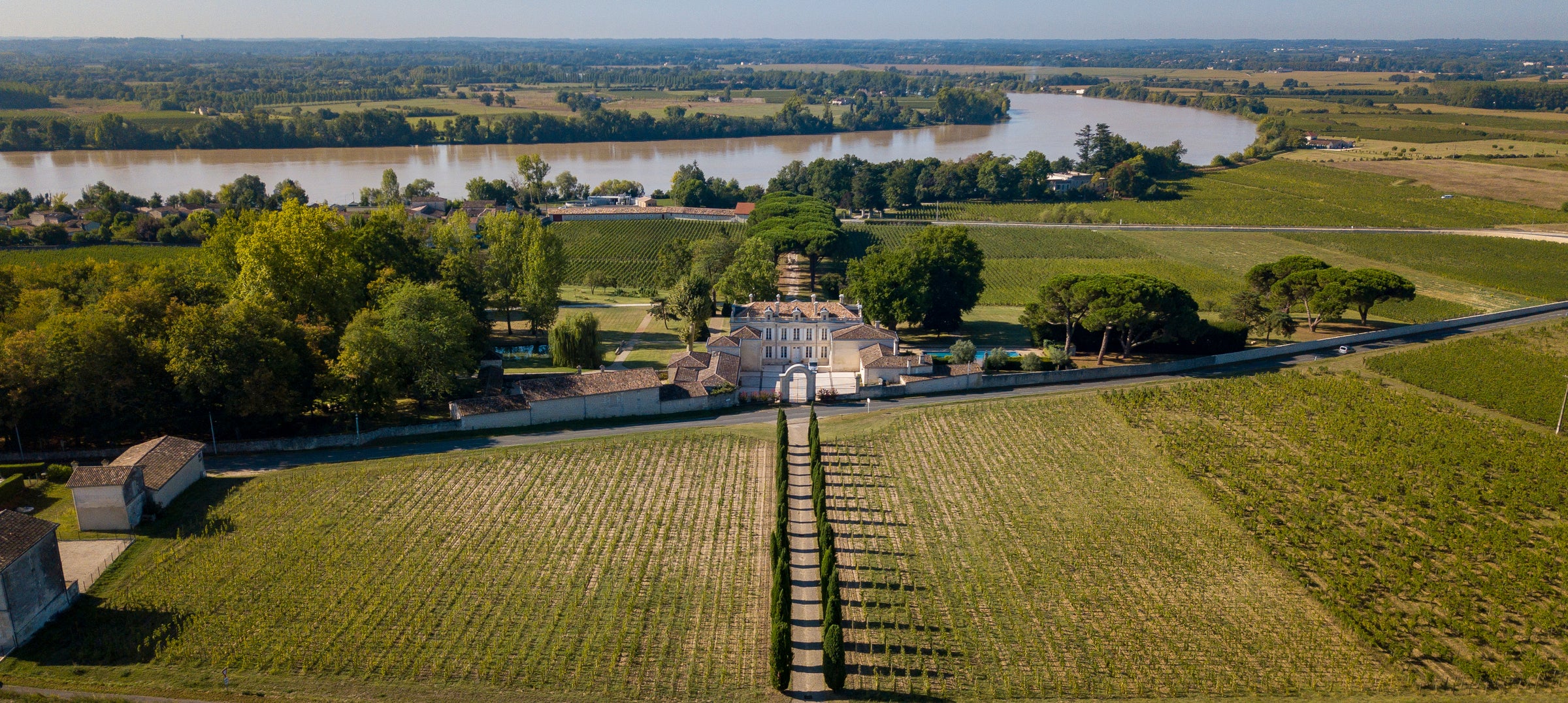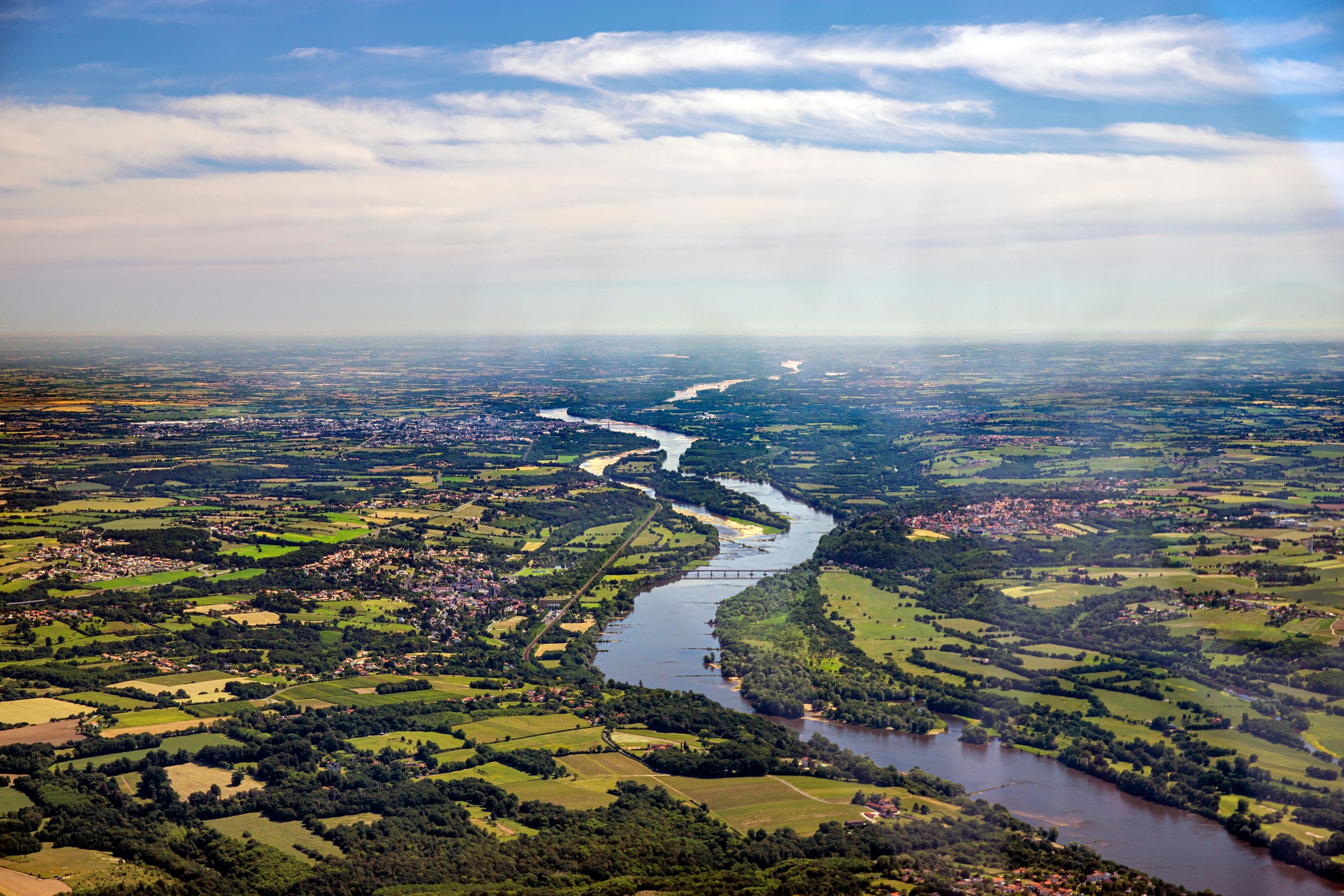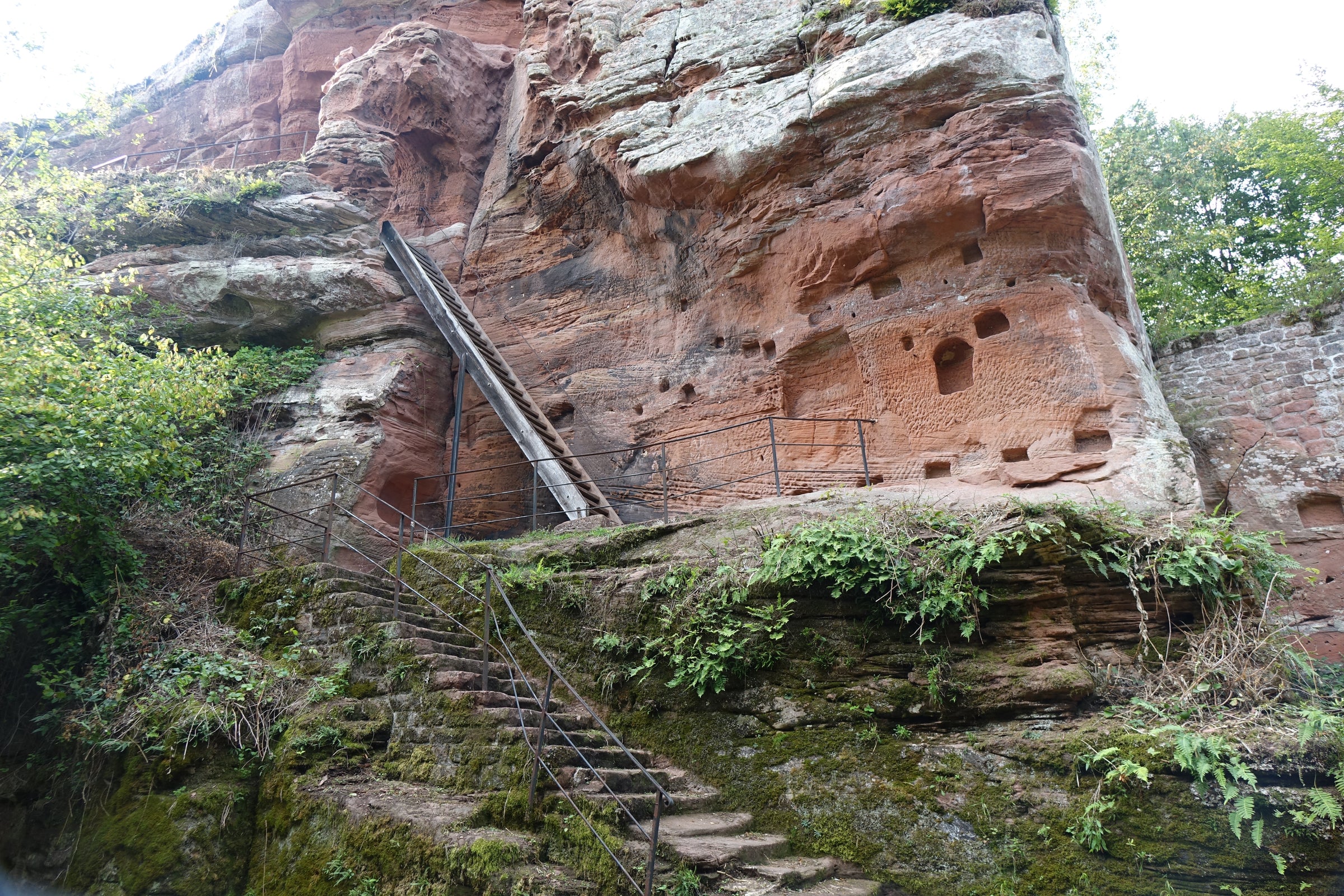Paul Pernot is to Puligny-Montrachet as Lafite-Rothschild is to Pauillac. Both are one of only a few names from their respective areas that are considered “region-defining” wines—bottles that put buyers and tasters in a state of absolute frenzy. This is an incredibly difficult feat that takes generations of wherewithal, persistence, and, more simply, the ability to produce a wine that consistently delivers the (best) goods. Even more difficult is obtaining today’s wine, at any quantity.
As Burgundy aficionados are aware, the minuscule Grand Cru Bienvenue-Bâtard Montrachet holds some of the most rarefied, glorified, and terroir-expressive Chardonnay vines on earth. Of the five Grand Crus in the Montrachet family, Bienvenue-Batard is the second smallest with just under nine acres of total surface area; Pernot’s two parcels barely amount to one acre. Further, the Pernot family retains just 20% of their annual output to sell under their own label, so how any at all is left to offer you today is an unsolved mystery. I’ll be transparent: In terms of history, prestige, and pedigree, this is one of the most influential and respected wines on earth, and although we’re sending this offer to all of our customers (because of its eminence), we were only granted a small number of cases. To those who pick up a bottle or two of this, kudos to you, and enjoy the attention it draws once firmly planted on your table—all eyes will lock onto it as if it were filled with liquid gold!
Paul Pernot, who founded his eponymous domaine in the late-1950s, is one of the elder statesmen of Burgundy, albeit one with a relatively low profile. From their gothic-scripted labels to the pure, unadulterated wines inside the bottles, everything about Pernot screams tradition. Paul’s sons, Paul and Michel, as well as a grandson—another Paul!—now help manage the vineyards and cellar; the family now farms 20 hectares of vineyards, 15 of which are in the commune of Puligny-Montrachet. Some of these vineyards have been in the Pernot family for hundreds of years, and their lineup includes bottlings from both Bâtard-Montrachet and Bienvenues-Bâtard-Montrachet, as well as a who’s-who of top Puligny Premier Crus.
This wine comes from two tiny parcels in Bienvenue (a stone's throw below Montrachet), with 10- and 40-year-old vines, respectively. Typically, Pernot ferments and ages his Grand Cru wines in barrels, about 40%-50% of which are new, but the aging is relatively short and bâtonnage (lees-stirring, which imparts creamy richness) is kept to a minimum. When I think of the Pernot ‘house style’ I think of richly textured, yet bright and very mineral Chardonnays, often with a restrained oak influence. These wines always speak clearly of the limestone soils they spring from.
Pernot’s newest release of Bienvenue-Bâtard-Montrachet perfectly embodies their resolutely traditional style: a mineral-heavy, superbly textured, long-aging wine. The 2016 brilliantly glows in the glass, sporting a reflective yellow-gold core moving to greenish-gold at the rim. A seductive blend of exotic fruits and baking spices slowly ease their way out of the glass at first, and then Pernot’s classic, high-perfumed aromatics follow: ripe yellow apples, quince, green papaya, citrus blossoms, tangerine peel, candied lime peel, fresh cream, honeysuckle, white flowers, lemon verbena, truffles, and crushed stones. The palate it big, tense, and utterly textured—this won’t saturate your mouth like some Montrachets—with the classic plush layers found in the best Grand Crus. Still, the most exciting aspect of this 2016 is its divine freshness. Somehow, some way, it is already drinking beautifully after a two hour decant, but this is easily a multi-decade wine should you choose (you should) to hide it in the back of your dark cellar—just keep the temperature stable! Serve this in Burgundy stems and watch it evolve and release more exoticism, not only as the hours go by, but also as the temperature steadily rises. The richness of this wine deserves a similarly-styled companion like Julia Child’s decadent and creamy lobster thermidor. With a world-class wine to go with it, how can this be beat? Cheers!


